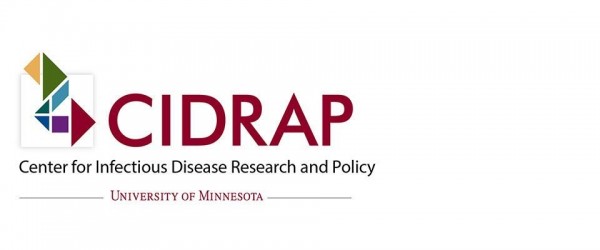Study: CMS sepsis care protocol shows no clear mortality benefit

Editor's Note A systematic review found no strong evidence that compliance with the CMS Severe Sepsis and Septic Shock Management Bundle (SEP-1) reduces mortality, raising questions about its inclusion in hospital performance measures, according to a February 19 report from the University of Minnesota’s Center for Infectious Disease Research and…
Texas abortion ban linked to spike in pregnancy complications, maternal death

Editor’s Note Pregnancy complications—including life-threatening sepsis—surged in Texas after the state banned abortion in 2021, according to a ProPublica analysis of seven years’ worth of state hospital data. In a February 20 report, the outlet details how sepsis rates for women hospitalized after second-trimester pregnancy loss rose by more than…
Expansive study highlights GLP-1 risks, potential beyond weight loss, diabetes treatment

Editor's Note Known for managing Type 2 diabetes and promoting weight loss, GLP-1 drugs like Ozempic and Wegovy may also reduce the risks of numerous other conditions, including Alzheimer’s, substance use disorders, and certain cancers, according to an article published in Fortune January 20. Led by the Veterans Affairs St.…
WHO guidelines target catheter-caused infections

Editor's Note New World Health Organization (WHO) guidance aims to prevent the occurrence of bloodstream and other infections caused by improper use of catheters during medical procedures. Released May 9, the global guidelines focus on insertion, maintenance, and removal of catheters during medical procedures, which can damage organs and cause…
Researchers develop fast, accurate blood test for sepsis, septic shock

Editor's Note A new blood test developed by researchers in Australia could help diagnose sepsis and septic shock in just one hour, compared to the current multi-day methods. The Journal of Proteome Research reported the findings on March 21. Researchers collected blood plasma samples from 152 ICU patients. They used…
Blood test could help identify risk of sepsis, organ failure in children

Editor's Note Measuring gene activity in blood samples could help determine whether a child is at risk of sepsis and organ failure, according to findings published March 18 in The Lancet Child & Adolescent Health. It is often difficult for clinicians to diagnose sepsis because the symptoms are similar to…
CDC launches new program to strengthen sepsis survival, recovery
Editor's Note The Centers for Disease Control and Prevention, on August 24, announced the launch of a new program to strengthen survival and recovery rates for sepsis patients, called the “Hospital Sepsis Program Core Elements.” The program is aimed at helping hospitals implement, monitor, and optimize sepsis programs and improve…

 Free Daily News
Free Daily News